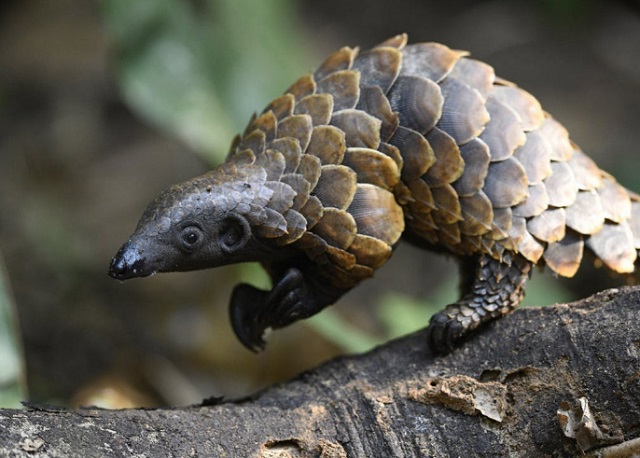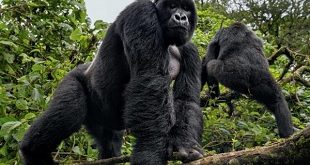
Researchers have long suspected that the virus was passed from an animal to a human
| THE INDEPENDENT | The endangered pangolin may be the link that facilitated the spread of the novel coronavirus across China, Chinese scientists said Friday.
Researchers have long suspected that the virus, which had killed more than 650 people by early February and infected some 31,000, was passed from an animal to a human at a market in the central Chinese city of Wuhan late last year.
Researchers at the South China Agricultural University have identified the scaly mammal as a “potential intermediate host,” the university said in a statement, without providing further details.
The new virus is believed to have originated in bats, but researchers have suggested there could have been an “intermediate host” in the transmission to humans.
After testing more than 1,000 samples from wild animals, scientists from the university found the genome sequences of viruses found on pangolins to be 99 percent identical to those on coronavirus patients, the official Xinhua news agency reported.
The pangolin is considered the most trafficked animal on the planet and more than one million have been snatched from Asian and African forests in the past decade, according to the International Union for Conservation of Nature (IUCN).
They are destined for markets in China and Vietnam, where their scales are used in traditional medicine — despite having no medical benefits — and their meat is bought on the black market.
Shadowy wildlife trade
Experts have called for the Chinese scientists to release more data from their research.
Simply reporting the similarity between the genome sequences of viruses is “not sufficient,” said James Wood, a veterinary medicine professor at the University of Cambridge.
Wood said the results could have been caused by “contamination from a highly infected environment.”
“We would need to see all of the genetic data to get a feel for how related the human and pangolin viruses are,” Jonathan Bell, a professor of molecular virology at the University of Nottingham, said.
China in January ordered a temporary ban on the trade in wild animals until the epidemic is under control.
The country has long been accused by conservationists of tolerating a shadowy trade in endangered animals for food or as ingredients in traditional medicines.
A price list that circulated on China’s internet for a business at the Wuhan market showed a menagerie of animals or animal-based products including live foxes, crocodiles, wolf puppies, giant salamanders, snakes, rats, peacocks, porcupines, camel meat and other game — 112 items in all.
The SARS (Severe Acute Respiratory Syndrome) virus that killed hundreds of people in China and Hong Kong in 2002-03 also has been traced to wild animals, with scientists saying it likely originated in bats, later reaching humans via civets.
“Working to end the trade in wildlife can help to resolve some of the longer-term risks associated with animal reservoirs of zoonoses,” Wood said, referring to infectious diseases that can be passed between animals and humans.
****
 The Independent Uganda: You get the Truth we Pay the Price
The Independent Uganda: You get the Truth we Pay the Price



